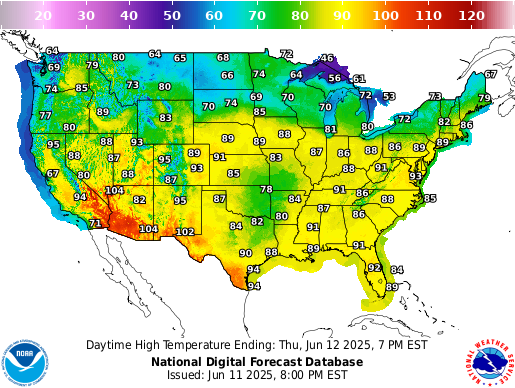You may have noticed, winter is full upon us! Baby, it's COLD! While we bundle up against the winter chill, it's a good idea to mention ways to make sure your Frogs don't have to contend with the cold. It's not like they can pull out some thermal undies, but there are steps YOU can take, to make things comfy cozy for them.
AVOID THE DRAFT!
No, not Uncle Sam, but rather drafts that chill you cold. Chilled air from leaky windows & doors, blowing upon your ADF Habitat can significantly lower it's water temperature far lower than the temperature in a room. You can avoid drafts by wrapping a towel around your tank, the trapped air in between the towel & the habitat makes for a good insulator.
GET AS HIGH AS YOU CAN!
Not in the way you think we mean... Place your ADF Habitat high up in a room. Top Shelf, overhead, up near the ceiling, because... HEAT RISES! The temperature in a room is always a few degrees greater up near the ceiling than down near the floor. So while your thermostat may read 70 degrees, it might be 72-73 up above while it's 67 down along the floor.
A smart suggestion would be to relocate the habitat to the kitchen...normally the warmest place in the house.
JUST BE CAREFUL! Getting High in the kitchen too often leads to the munchies.
AVOID AQUARIUM HEATERS!
Avoid the temptation of adding an aquarium heater to your habitat. While very handy for large aquariums, aquarium heaters cannot regulate the temps in smaller water containers at all, the sudden temperature fluctuations hot & cold can overstress a frog at least, at worse, turn your habitat into a piping hot bowl of Frogmore Stew.
The point here is that if the room is kept at a comfortable temperature between 65 to 75 degrees, there's NO NEED for a tank heater at all. If you keep cold drafts or hot furnace air from blowing on the tank, the TANK WILL BE AT ROOM TEMPERATURE. Then, if you have need to warm the tank further, there are EXTERNAL heating options available such as a space heater, or a desk lamp, or even a electric blanket that can provide heat.
The point is, you have NO RISK of a tank heater going bad is you DON'T USE ONE.
Best rule of thumb: If you are comfortable with the temperature in a room, your frogs will be comfortable. If you do need to add some short term localized heat, turn on a reading lamp with an incandescent bulb, and place it no closer than 6-10" away from the tank.
Bitter cold can be avoided with these simple steps, & by keeping room temps between 65-75 degrees, you AND your frogs will weather any cold snap! They be chilling, by NOT getting chilled out.













